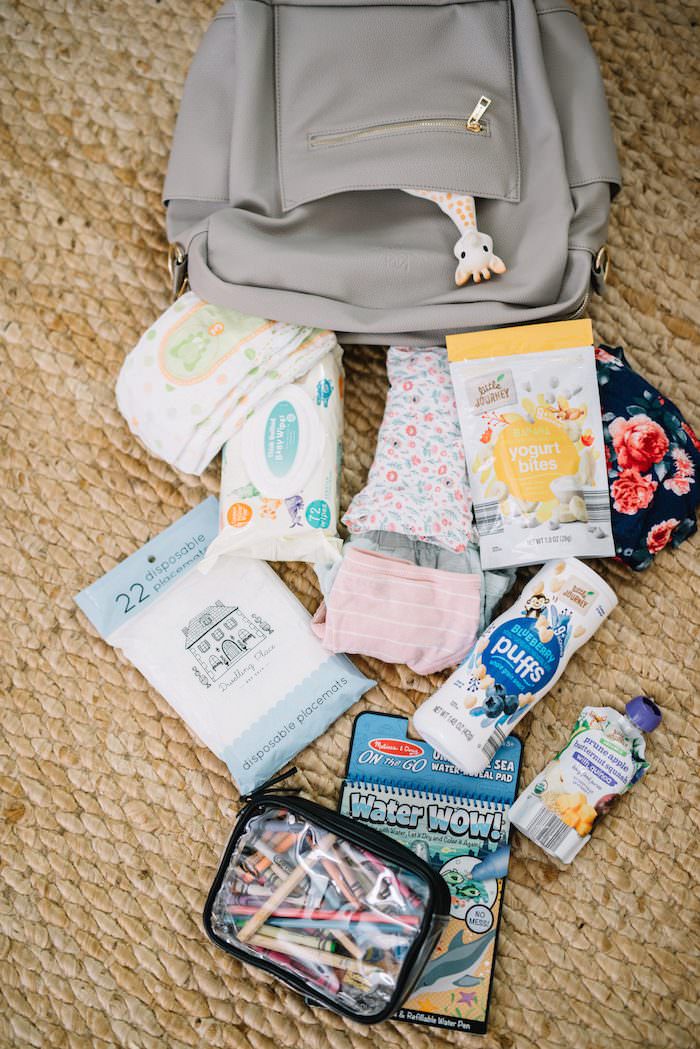The Waiting Room
Setting Your Child Up for Success in a Waiting Room
Do you ever dread going to your child’s medical appointments because you have no idea how long you will be sitting in the waiting room? Or does your child have weekly medical or therapy appointments where you are spending time in a waiting room often? I have had my shared experience of 2 hour plus waits with a toddler and I know that it can be a living nightmare!
Luckily there are some ways to try to avoid the meltdowns and behavioral issues that we have all experienced! Every child has different needs and interests so adjust the following suggestions to best fit your child:
1. Pack a toy: Does your child like books, cars, action figures, dolls, card games, or coloring? Pack a quiet toy in their bag or prepare a backpack to keep in the car so you do not have to remember each week if you are attending medical/therapy appointments weekly. A quiet toy can keep a child happily busy, especially if you play and interact with them while they are playing with it. It can also open up opportunities for other children in the waiting room to connect with your child if they are interested in their toy and improve social interaction skills.
2. Snacks are our best friend: Let your child pick a snack to bring. I would suggest a snack that is easily handled and easily cleaned up if spilled. Bringing a leak proof container/bottle of a water-based drink can also help to satisfy and regulate your child while waiting. If your child has oral seeking behaviors, consider a chewy snack or oral chewy toy if age appropriate.
3. Extra pair of clothes: Packing a change of clothes can be a life saver. Whether your child is potty training or spills their drink/snack on them, having a change of clothes can avoid a meltdown or the need to cancel an appointment last minute.
4. Play an interactive game: I suggest minimizing electronic devices (although I recommend bringing them fully charged for emergencies!). Interactive games can promote social skills and build your relationship with your child. Games can include I Spy, would you rather game (example: would you rather swim with dolphins or feed a giraffe?), or name 3 things game (example: 3 things that make you happy, make you mad, etc.). You could also just chat about their day.
5. Sensory options: If your child has sensory needs consider bringing any equipment that might help to regulate them such as a fidget hand held toy, weighted vest/blanket, noise canceling headphones, or an oral chewy.
Hopefully one or more of the above suggestions can make your experience in waiting rooms less painful. Better yet, I hope that it allows for more opportunities for your child to interact with others and to also allow for more meaningful time between you and your child to bond. I truly believe that the waiting room experience sets the tone to any medical or therapy appointment. If a child is anxious, hungry, thirsty, dysregulated or upset, their appointment is most likely not going to go very well. Let’s help to set up success for our children by giving them (and us) a better waiting room experience!
For more information >>> www.abcpediatrictherapy.com
Developmental Checklist
Is your child meeting their developmental milestones?
 Skip to content
Skip to content
